Home>Furniture & Design>Interior Design Trends>What Is Water Glass
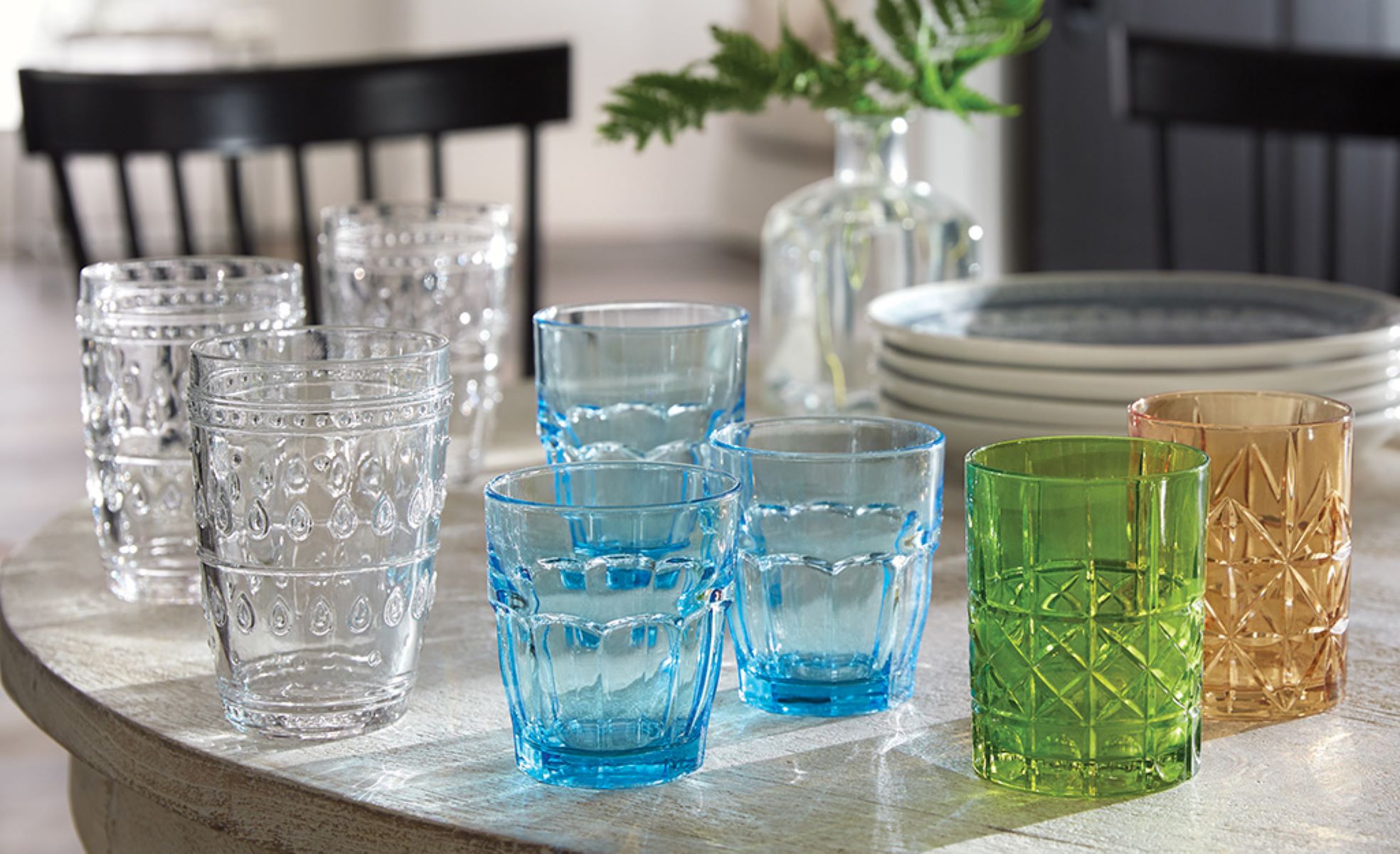

Interior Design Trends
What Is Water Glass
Published: February 3, 2024
Discover the latest interior design trends with our guide to water glass, a versatile material that adds a touch of elegance to any space. Explore its uses and benefits now!
(Many of the links in this article redirect to a specific reviewed product. Your purchase of these products through affiliate links helps to generate commission for Storables.com, at no extra cost. Learn more)
Introduction
Water glass, also known as sodium silicate, is a versatile and fascinating substance that has found its way into numerous industrial, commercial, and household applications. This unique compound, derived from sodium carbonate and silicon dioxide, boasts a wide array of properties that make it indispensable in various fields.
From its remarkable adhesive qualities to its ability to withstand high temperatures, water glass has become a staple in industries such as construction, automotive, and even art conservation. Its diverse uses and remarkable properties have piqued the interest of scientists, engineers, and enthusiasts alike, leading to ongoing research and innovation in harnessing its potential.
As we delve into the world of water glass, we will uncover its definition, explore its myriad uses, delve into its properties, and gain insight into its production process. Furthermore, we will shed light on the environmental impact of water glass, highlighting the importance of sustainable practices in its manufacturing and application.
Join us on this captivating journey as we unravel the mysteries and marvels of water glass, delving into its multifaceted nature and the profound impact it has on our daily lives.
Key Takeaways:
- Water glass, or sodium silicate, is a versatile compound used in construction, fireproofing, egg preservation, and more. Its adhesive strength and heat resistance make it indispensable in various industries.
- The production of water glass involves fusing sodium carbonate and silica sand, followed by refining to achieve specific properties. Efforts to optimize production processes and explore eco-friendly formulations reflect a commitment to sustainability.
Read more: What Water Comes In Glass Bottles
Definition of Water Glass
Water glass, scientifically known as sodium silicate, is a compound derived from sodium carbonate and silicon dioxide. This unique substance is characterized by its versatile nature and remarkable chemical properties. It is commonly found in liquid form and is renowned for its adhesive, binding, and protective qualities.
Sodium silicate, or water glass, is a colorless, viscous liquid that is soluble in water and insoluble in alcohol. It is often used as a sealant, binder, and adhesive due to its ability to form a strong, durable bond when applied to various surfaces. This compound is also known for its fire-resistant properties, making it a valuable component in the manufacturing of fireproof materials.
In addition to its adhesive and fire-resistant properties, water glass is widely utilized in the preservation of eggs, where it forms a protective coating that extends the shelf life of the eggs. Furthermore, it serves as a crucial ingredient in the production of detergents, cements, and ceramics, highlighting its diverse range of applications across different industries.
The unique chemical composition of water glass enables it to react with various substances, leading to the formation of insoluble silicates that contribute to its adhesive and binding properties. This chemical reaction plays a pivotal role in the utilization of water glass in construction, where it is employed as a sealant and protective coating for concrete and masonry.
Overall, the definition of water glass encompasses its role as a versatile compound with adhesive, binding, and protective properties. Its ability to form strong bonds, resist high temperatures, and interact with different materials makes it an indispensable component in numerous industrial, commercial, and household applications.
This definition provides a glimpse into the multifaceted nature of water glass, setting the stage for a deeper exploration of its uses, properties, and production processes.
Uses of Water Glass
Water glass, or sodium silicate, is a remarkably versatile compound with a wide range of applications across various industries. Its unique properties make it an invaluable ingredient in numerous products and processes. Here are some of the key uses of water glass:
-
Adhesive and Binder: Water glass is widely utilized as an adhesive and binder in the manufacturing of cardboard, paper, and fiber drums. Its ability to form strong, durable bonds makes it an essential component in the production of these materials, contributing to their structural integrity and longevity.
-
Construction and Masonry: In the construction industry, water glass is employed as a sealant and protective coating for concrete and masonry. Its adhesive properties enable it to create a durable barrier that enhances the strength and resilience of structures, making it an integral part of construction and building maintenance.
-
Fireproofing: Due to its exceptional resistance to high temperatures, water glass is utilized in the production of fireproof materials. It is incorporated into fire-resistant coatings, paints, and sealants, providing crucial protection against heat and flames in various applications, including industrial facilities and residential buildings.
-
Egg Preservation: Water glass is used in the preservation of eggs, where it forms a protective coating that extends the shelf life of fresh eggs. By sealing the pores of the eggshell, water glass helps maintain the freshness and quality of eggs, offering a cost-effective method of long-term storage.
-
Detergents and Cleaning Products: As a key ingredient in the manufacturing of detergents and cleaning products, water glass contributes to the formulation of effective and environmentally friendly solutions. Its binding and emulsifying properties make it an ideal component for enhancing the performance of laundry detergents, dishwashing liquids, and industrial cleaners.
-
Ceramics and Pottery: Water glass plays a crucial role in the production of ceramics and pottery, where it is used as a binding agent and glaze. Its ability to strengthen and stabilize clay-based materials contributes to the creation of durable and aesthetically appealing ceramic products, ranging from tableware to decorative art pieces.
-
Soil Stabilization: In agricultural and civil engineering applications, water glass is utilized for soil stabilization and dust suppression. By treating soil with water glass, the integrity of road surfaces, embankments, and construction sites can be improved, leading to enhanced durability and reduced environmental impact.
These diverse uses underscore the significance of water glass in a wide array of industries, showcasing its adaptability and effectiveness in addressing various manufacturing, construction, preservation, and environmental challenges. As we delve deeper into the properties and production of water glass, its role in these applications becomes even more intriguing and impactful.
Properties of Water Glass
Water glass, or sodium silicate, exhibits a remarkable array of properties that contribute to its widespread utility across diverse industries. These properties define its behavior, performance, and interactions with other substances, making it a versatile and indispensable compound. Here are the key properties of water glass:
-
Adhesive Strength: Water glass possesses strong adhesive properties, allowing it to form durable bonds with various materials, including paper, cardboard, and masonry surfaces. This adhesive strength is crucial in applications where reliable bonding is essential for structural integrity and longevity.
-
Heat Resistance: One of the most notable properties of water glass is its exceptional resistance to high temperatures. This property makes it an ideal component in fireproof materials, coatings, and sealants, providing crucial protection against heat and flames in industrial, commercial, and residential settings.
-
Solubility and Reactivity: Water glass is soluble in water and exhibits reactivity with certain substances, leading to the formation of insoluble silicates. This solubility and reactivity contribute to its adhesive and binding properties, enabling it to interact with a wide range of materials and form stable compounds.
-
Protective Coating: When applied to surfaces, water glass forms a protective coating that enhances durability and resistance to environmental factors. This property is particularly valuable in construction, where it serves as a sealant for concrete and masonry, as well as in egg preservation, where it seals the pores of eggshells to extend their shelf life.
-
Emulsifying Agent: Water glass acts as an emulsifying agent in the formulation of detergents and cleaning products. Its ability to stabilize and disperse substances in solution contributes to the effectiveness of these products in removing dirt, grease, and stains from various surfaces.
-
Binding and Stabilizing: In the production of ceramics, pottery, and soil stabilization, water glass serves as a binding and stabilizing agent. It strengthens clay-based materials, stabilizes soil structures, and enhances the structural integrity of ceramic products, contributing to their durability and aesthetic appeal.
These properties collectively showcase the diverse and impactful nature of water glass, highlighting its role as a multifunctional compound with adhesive, protective, and stabilizing qualities. The unique combination of these properties makes water glass an essential component in numerous industrial, commercial, and household applications, underscoring its significance in various fields.
This comprehensive overview of the properties of water glass sets the stage for a deeper understanding of its production process and environmental impact, shedding light on the intricate balance between its utility and sustainability.
Water glass, also known as sodium silicate, is a compound used in many industrial and household applications. It is often used as a sealant, adhesive, or as a preservative for eggs. When using water glass, be sure to follow the instructions carefully to ensure safe and effective use.
How Water Glass is Made
The production of water glass, or sodium silicate, involves a series of chemical processes that transform raw materials into the versatile compound known for its adhesive, binding, and protective properties. The manufacturing process begins with the combination of sodium carbonate (soda ash) and silicon dioxide (silica sand), which serve as the primary ingredients for producing water glass.
The first step in the production of water glass entails the fusion of sodium carbonate and silica sand at high temperatures, typically in a furnace or reactor. This fusion process, known as the glassification stage, results in the formation of molten sodium silicate, which is then quenched and solidified to produce a glassy substance.
Once the molten sodium silicate has been solidified, it undergoes a series of refining and processing steps to achieve the desired chemical composition and viscosity. These steps may involve controlled cooling, filtration, and adjustments to the concentration of the sodium silicate solution, leading to the formation of liquid water glass with specific properties suitable for various applications.
The production of water glass also encompasses the modification of its chemical characteristics to meet specific industrial and commercial requirements. This may involve the addition of modifiers or stabilizers to enhance certain properties, such as adhesive strength, heat resistance, or solubility, depending on the intended use of the water glass.
Overall, the manufacturing process of water glass involves the fusion of sodium carbonate and silica sand, followed by refining and modification steps to produce a liquid sodium silicate solution with the desired properties. This intricate process requires precision, expertise, and adherence to quality standards to ensure the consistent production of high-quality water glass for diverse applications.
This detailed insight into the production of water glass provides a deeper understanding of the chemical processes and technological advancements involved in harnessing the unique properties of sodium silicate. As we explore the environmental impact of water glass, it becomes evident that sustainable production practices play a crucial role in mitigating the potential ecological consequences of its manufacturing processes.
Read more: What Does Tall Glass Of Water Mean
Environmental Impact of Water Glass
The production and application of water glass, or sodium silicate, have both direct and indirect environmental implications that warrant careful consideration. While water glass offers valuable properties and diverse uses across industries, its manufacturing processes and end-of-life disposal can pose environmental challenges.
One significant aspect of the environmental impact of water glass relates to its production. The manufacturing of sodium silicate involves high-temperature fusion processes and chemical reactions, which may consume substantial energy and generate emissions. Additionally, the extraction and processing of raw materials, such as silica sand and sodium carbonate, contribute to the overall carbon footprint associated with water glass production. As a result, the energy intensity and greenhouse gas emissions from these processes underscore the importance of implementing sustainable practices and energy-efficient technologies in sodium silicate manufacturing facilities.
Furthermore, the disposal and waste management of water glass products and by-products require attention to minimize potential environmental harm. While water glass itself is non-toxic and biodegradable, certain formulations and applications may involve additives or stabilizers that could impact soil and water quality if not managed responsibly. Proper handling and disposal protocols are essential to prevent any adverse effects on ecosystems and natural habitats.
On the positive side, water glass offers environmental benefits in certain applications. For instance, its use in fireproof materials contributes to enhanced fire safety and can potentially reduce the environmental impact of fire-related incidents. Additionally, water glass's role in soil stabilization and dust suppression supports sustainable construction practices by improving the durability and longevity of infrastructure, thereby reducing the need for frequent maintenance and resource-intensive repairs.
In response to the environmental considerations associated with water glass, ongoing efforts are focused on optimizing production processes, reducing energy consumption, and exploring eco-friendly formulations. Research and development initiatives seek to enhance the sustainability profile of water glass while maintaining its performance and functionality across diverse applications.
As the demand for environmentally conscious solutions continues to grow, the environmental impact of water glass remains a focal point for innovation and responsible stewardship. By prioritizing sustainable production methods, efficient resource utilization, and environmentally friendly formulations, the industry aims to mitigate the ecological footprint of water glass and promote its role as a valuable, eco-conscious material in a wide range of applications.
This comprehensive overview of the environmental impact of water glass underscores the importance of holistic environmental management and sustainable practices in maximizing its benefits while minimizing potential drawbacks.
Conclusion
In conclusion, water glass, or sodium silicate, stands as a remarkable testament to the ingenuity of chemical engineering and the versatility of natural compounds. Its adhesive strength, heat resistance, and protective properties have positioned it as a cornerstone in various industries, from construction and manufacturing to agriculture and fire safety. The diverse uses of water glass, ranging from adhesive applications to egg preservation and fireproofing, underscore its multifaceted nature and its indispensable role in addressing a wide array of challenges.
The properties of water glass, including its adhesive strength, heat resistance, and solubility, highlight its adaptability and effectiveness in diverse applications. Its role as an emulsifying agent, stabilizing agent, and protective coating further exemplifies its versatility and impact across industries. The production process of water glass involves intricate chemical reactions and technological advancements, underscoring the precision and expertise required to harness its unique properties effectively.
While the environmental impact of water glass necessitates careful consideration, ongoing efforts to optimize production processes and explore eco-friendly formulations reflect a commitment to sustainability and responsible stewardship. The industry's focus on energy-efficient technologies, waste management, and eco-conscious applications underscores the dedication to minimizing the ecological footprint of water glass while maximizing its benefits.
As we continue to navigate the evolving landscape of materials science and environmental responsibility, water glass remains a compelling example of the delicate balance between innovation, utility, and sustainability. Its enduring presence in diverse applications and its potential for further advancements underscore its significance as a valuable, eco-conscious material with a profound impact on our daily lives.
In essence, the journey through the world of water glass has unveiled a substance that transcends its chemical composition, embodying resilience, adaptability, and the potential for positive environmental stewardship. As we look to the future, the continued exploration and refinement of water glass hold promise for sustainable solutions and innovative applications, further solidifying its place as a cornerstone of modern materials science and engineering.
Frequently Asked Questions about What Is Water Glass
Was this page helpful?
At Storables.com, we guarantee accurate and reliable information. Our content, validated by Expert Board Contributors, is crafted following stringent Editorial Policies. We're committed to providing you with well-researched, expert-backed insights for all your informational needs.
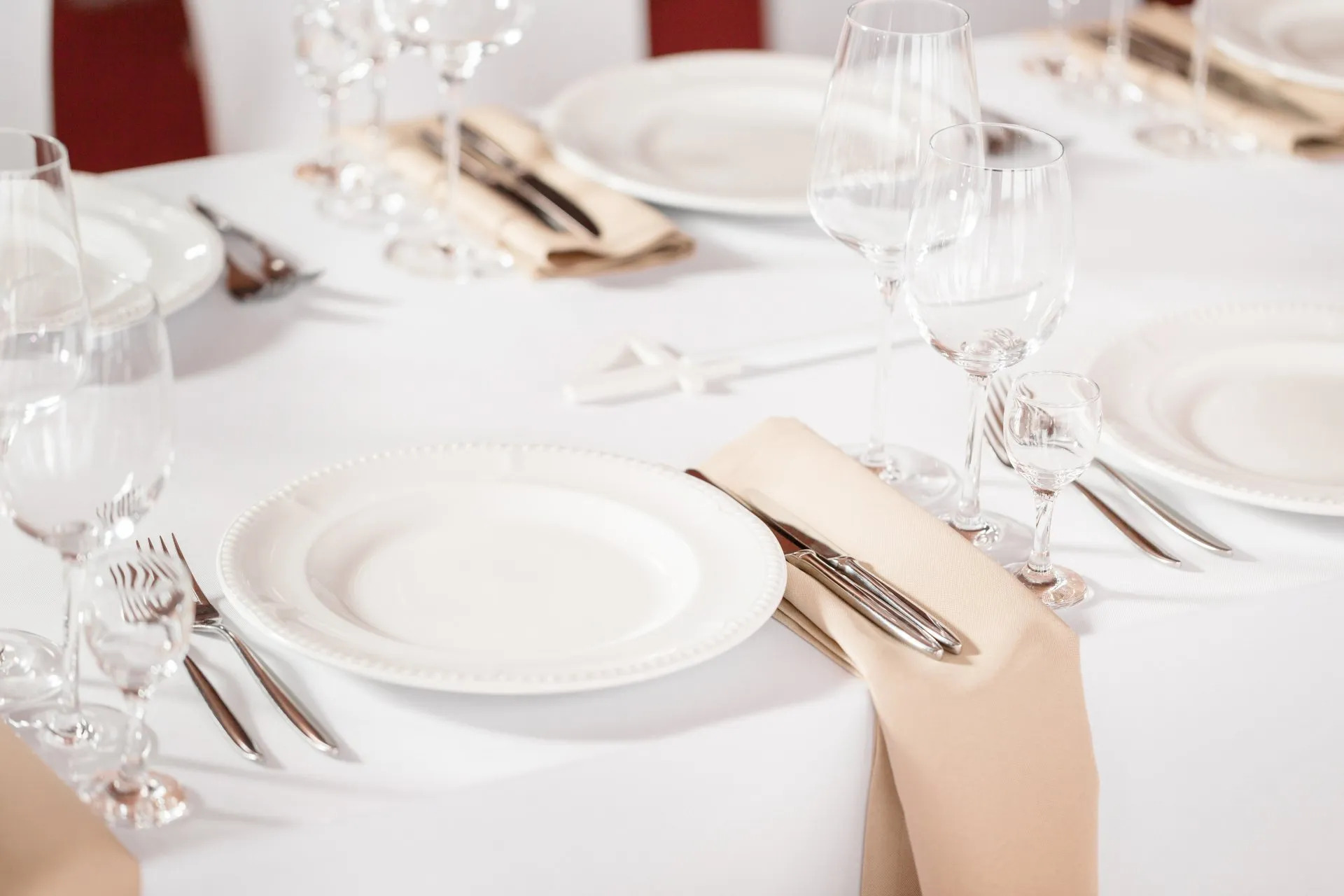
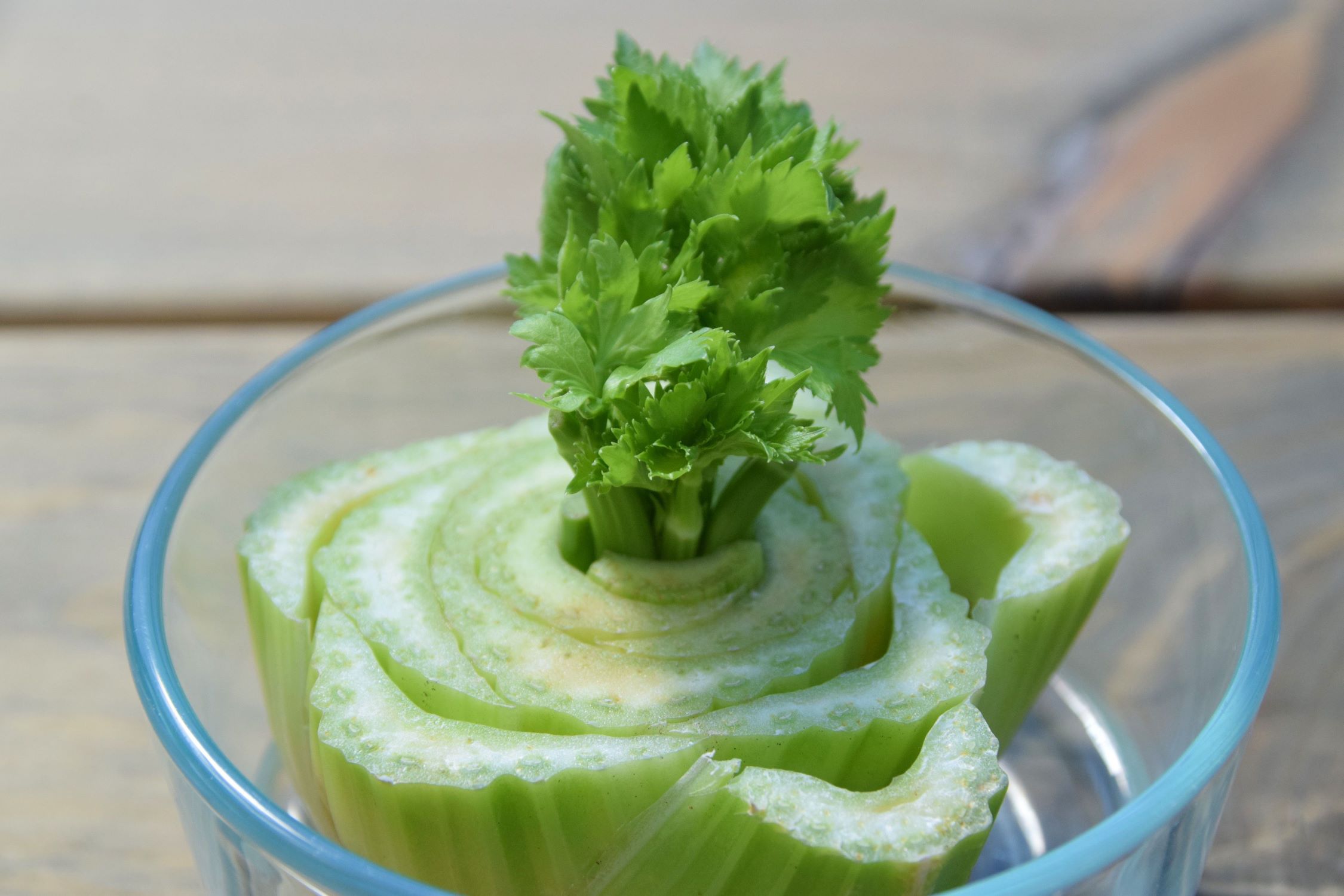
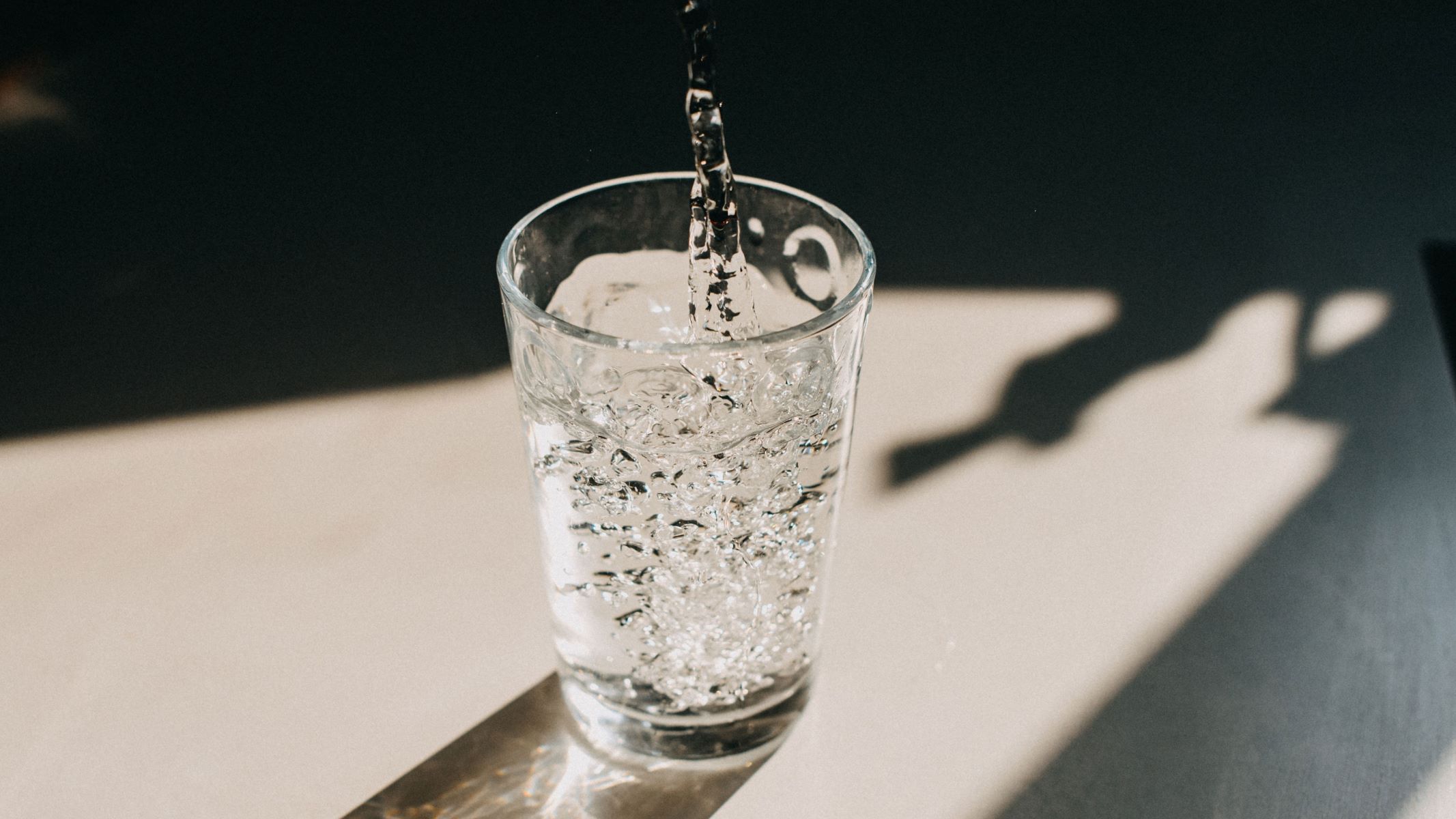

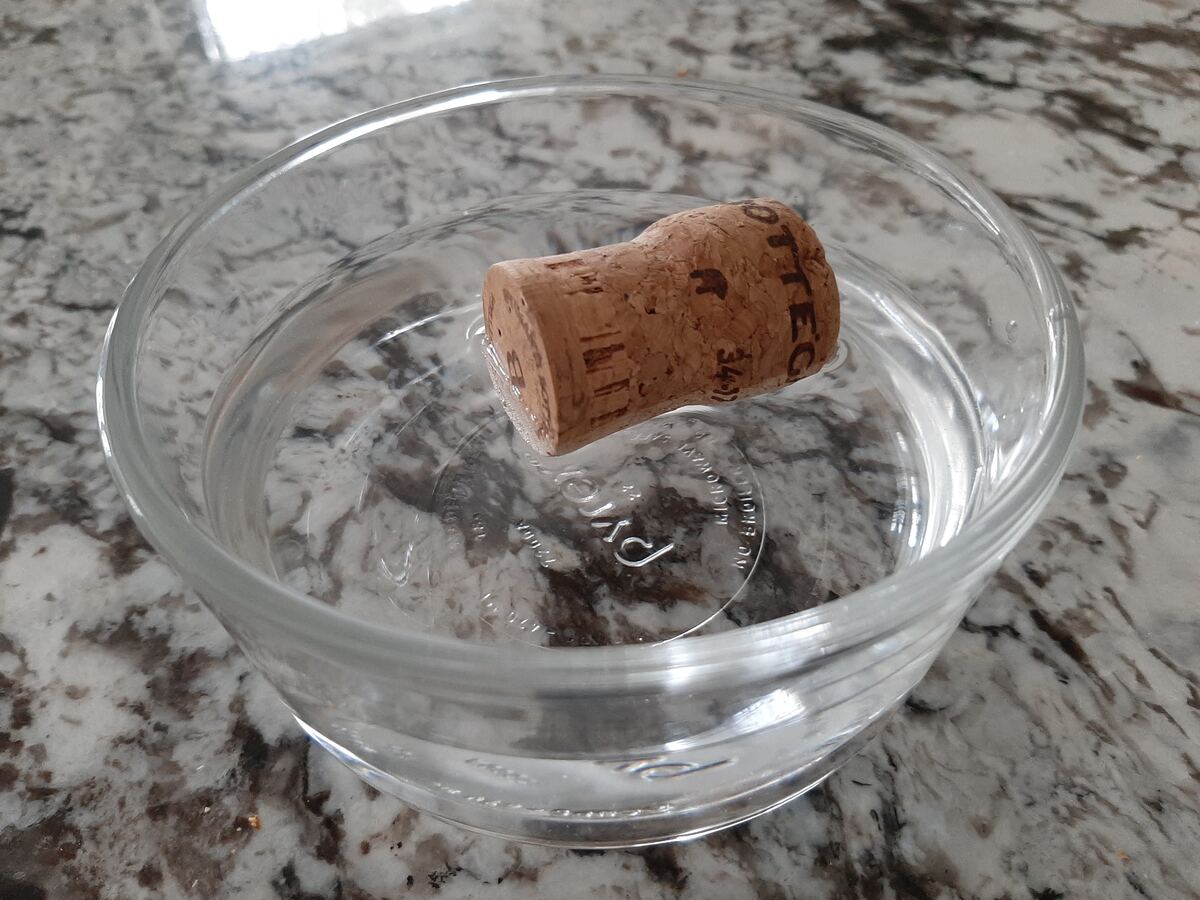
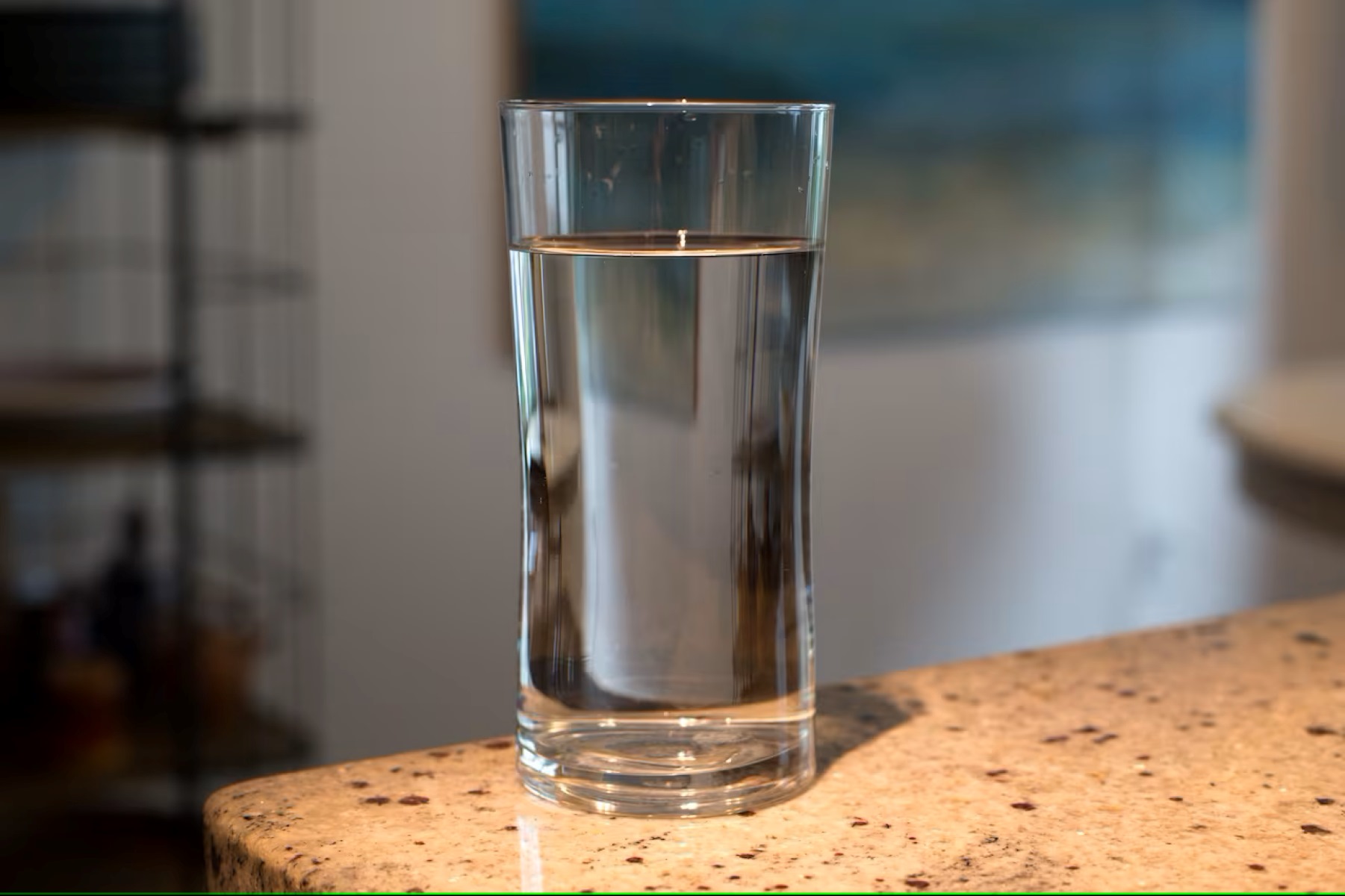
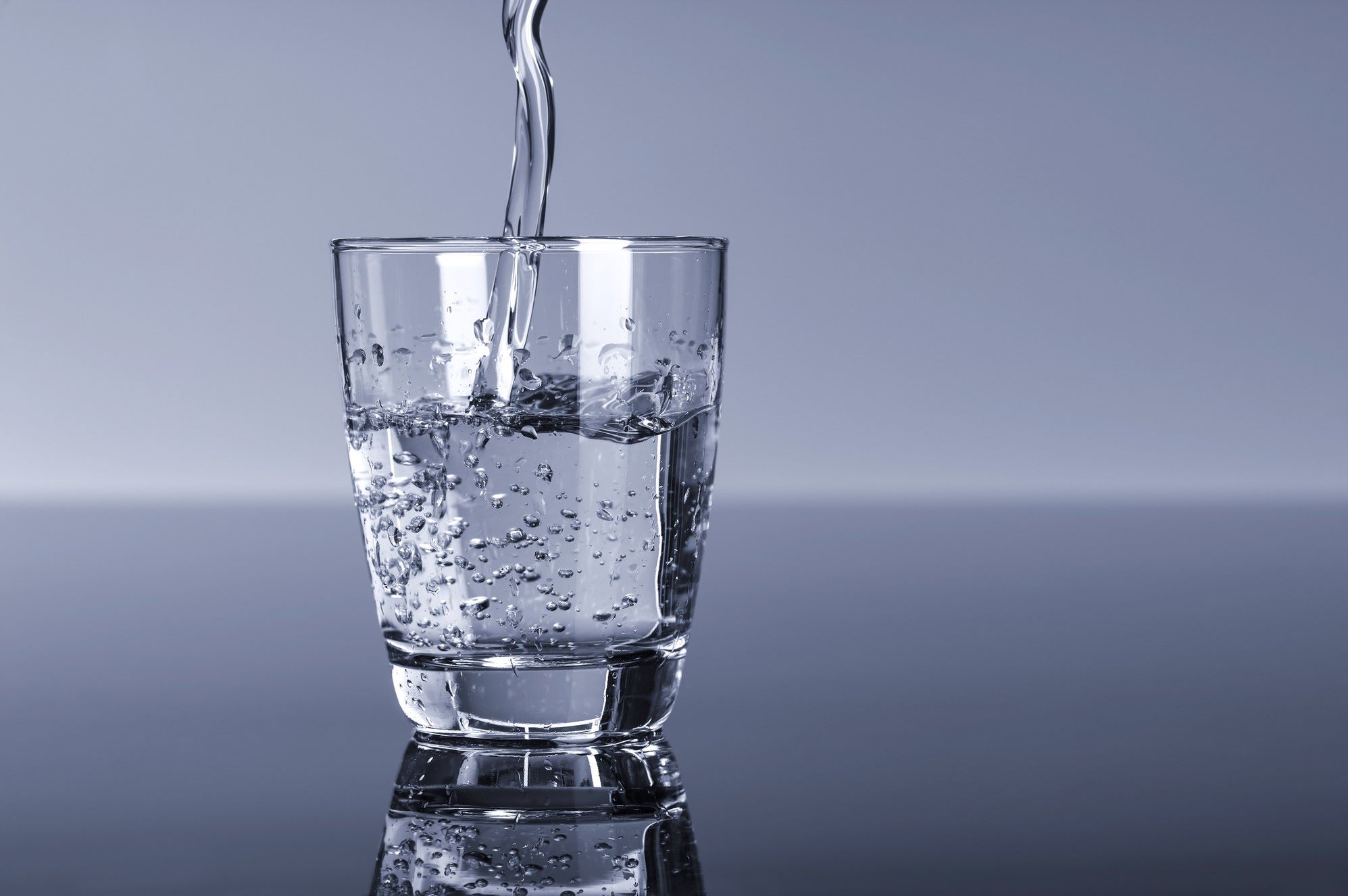
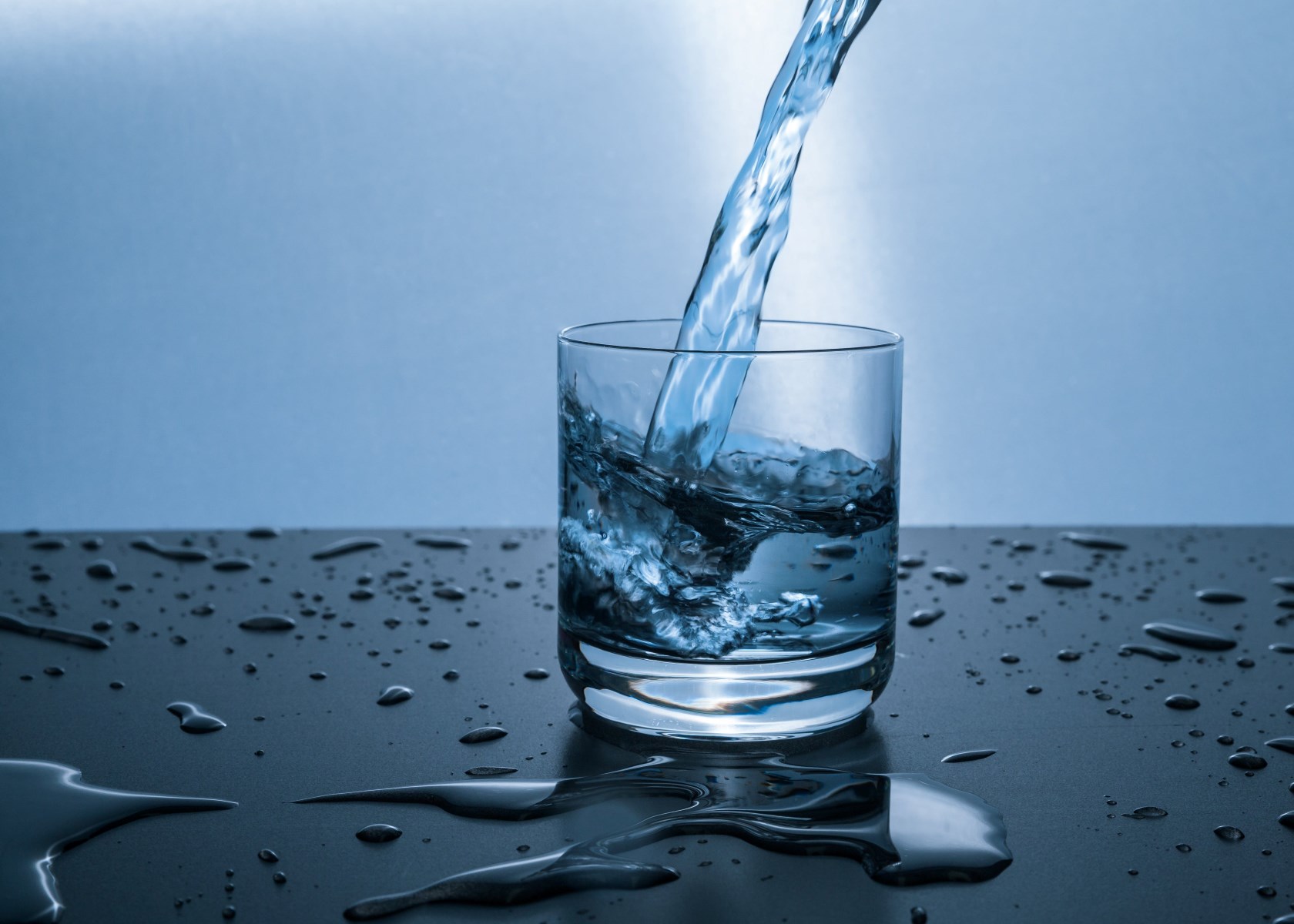
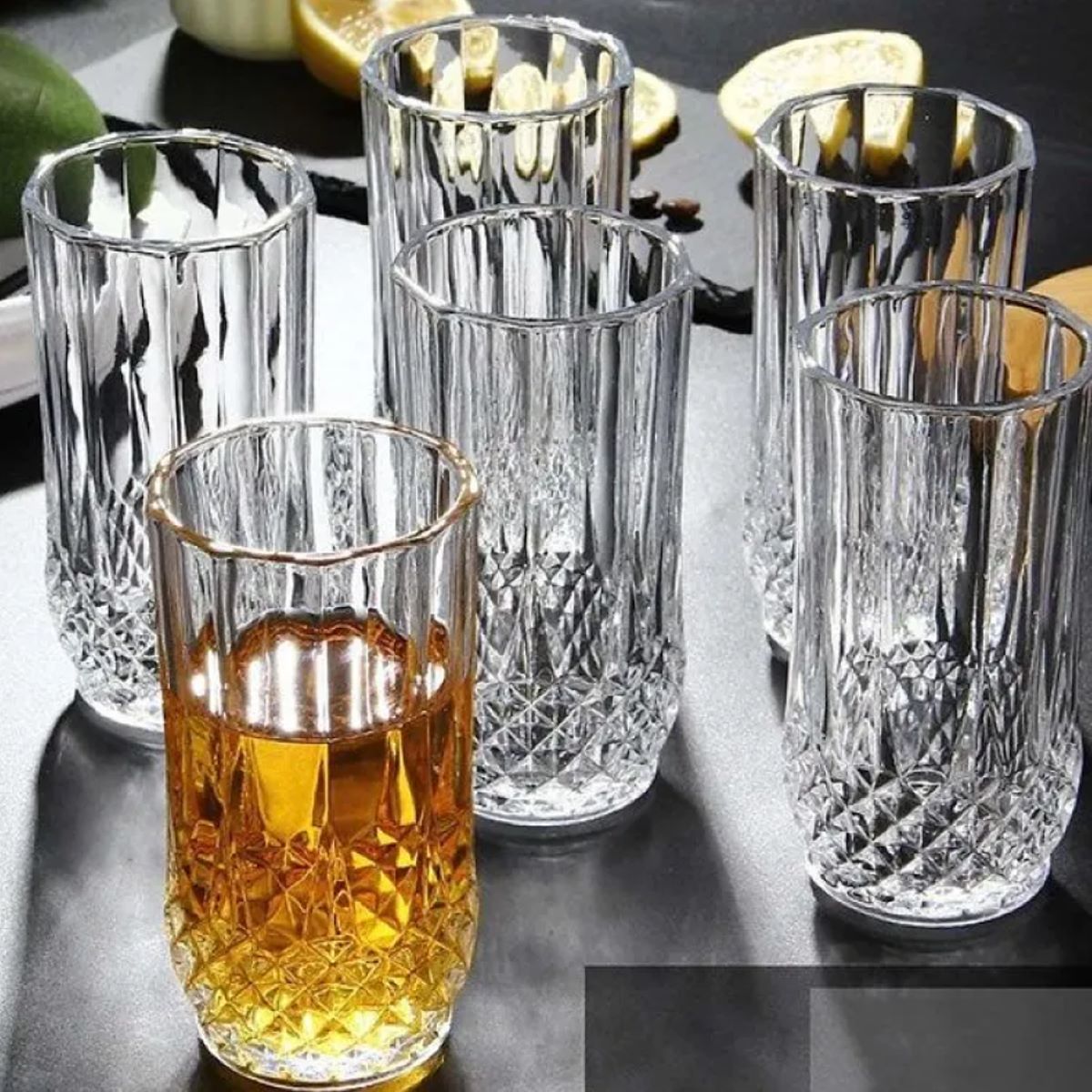
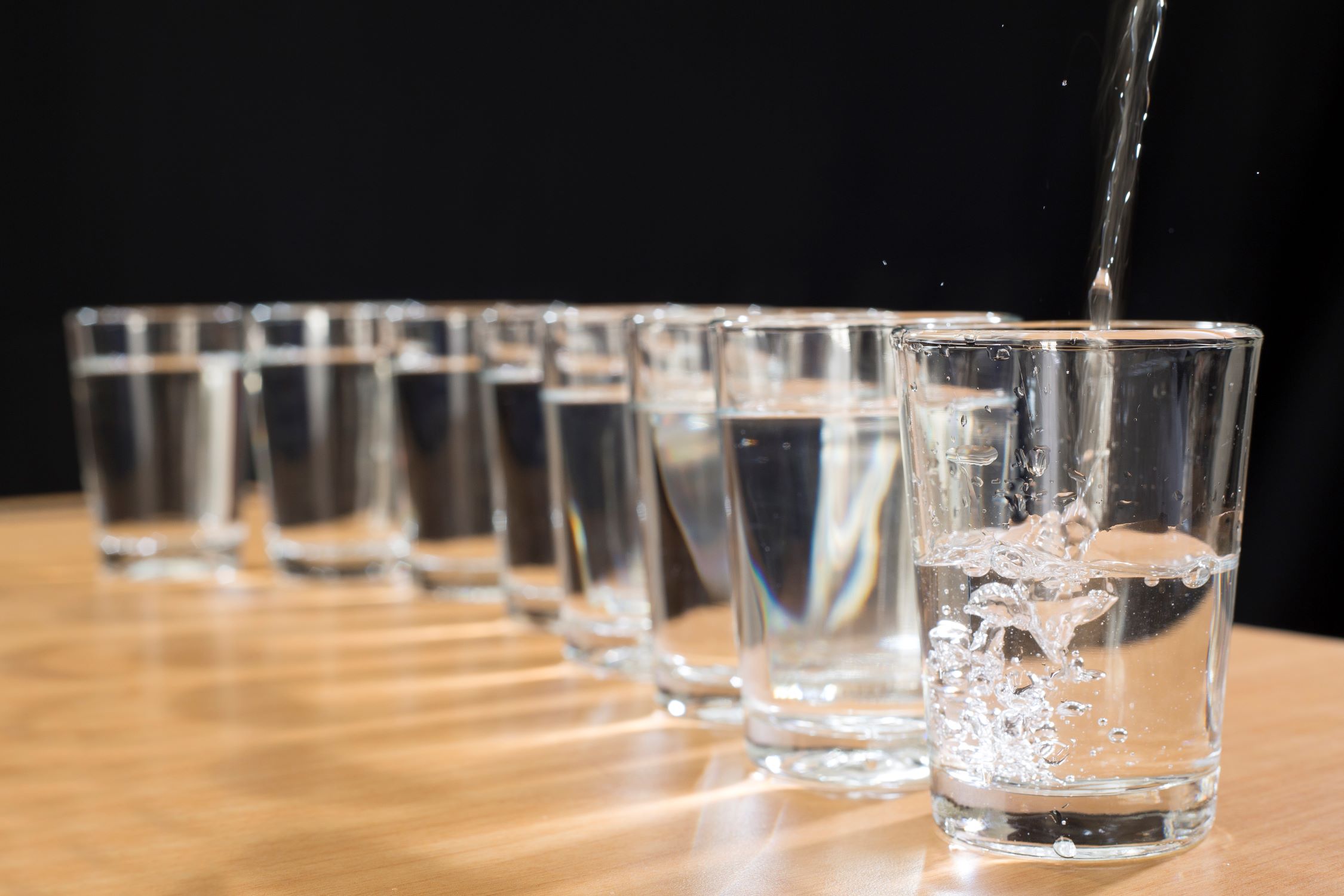
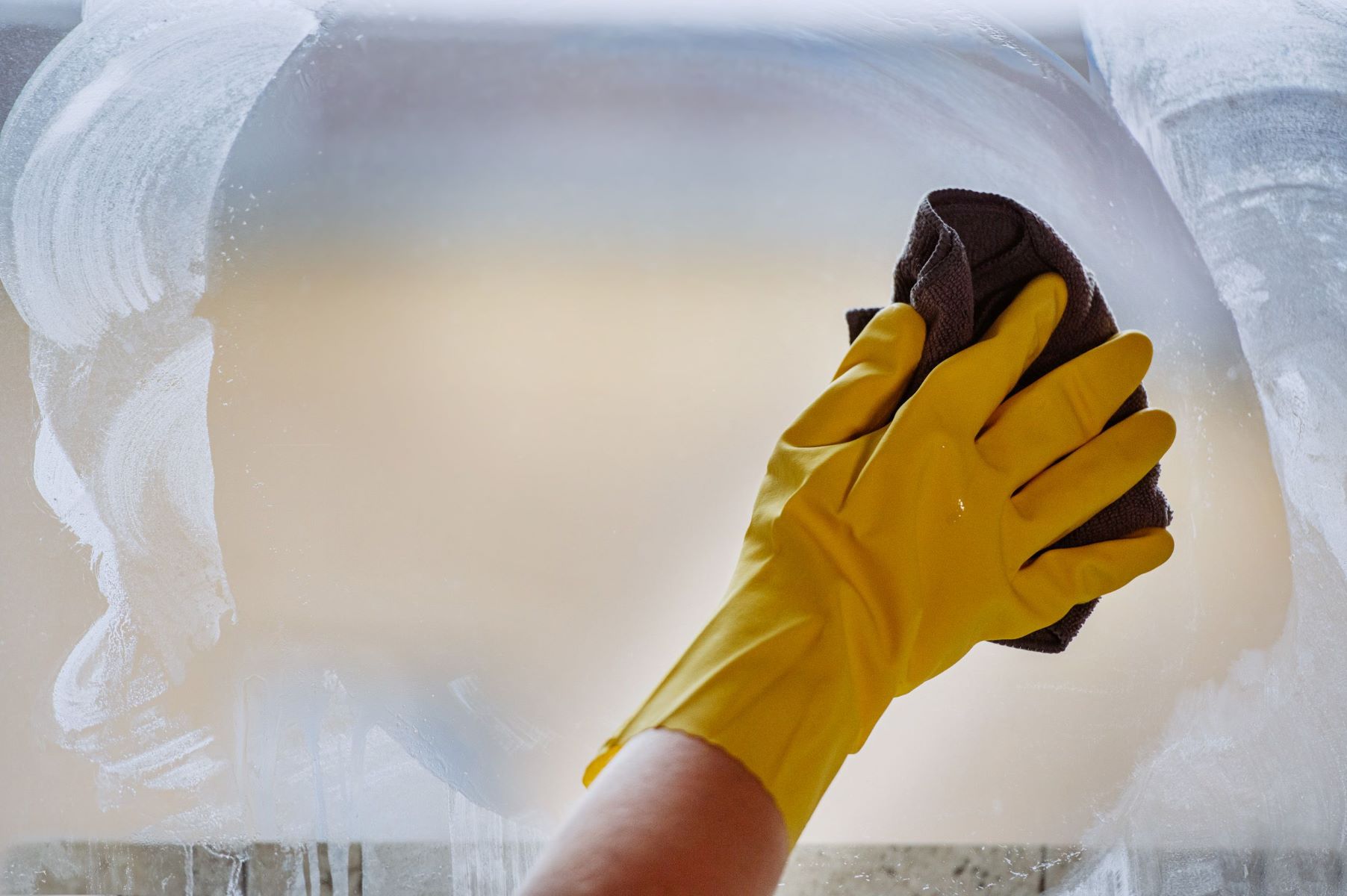
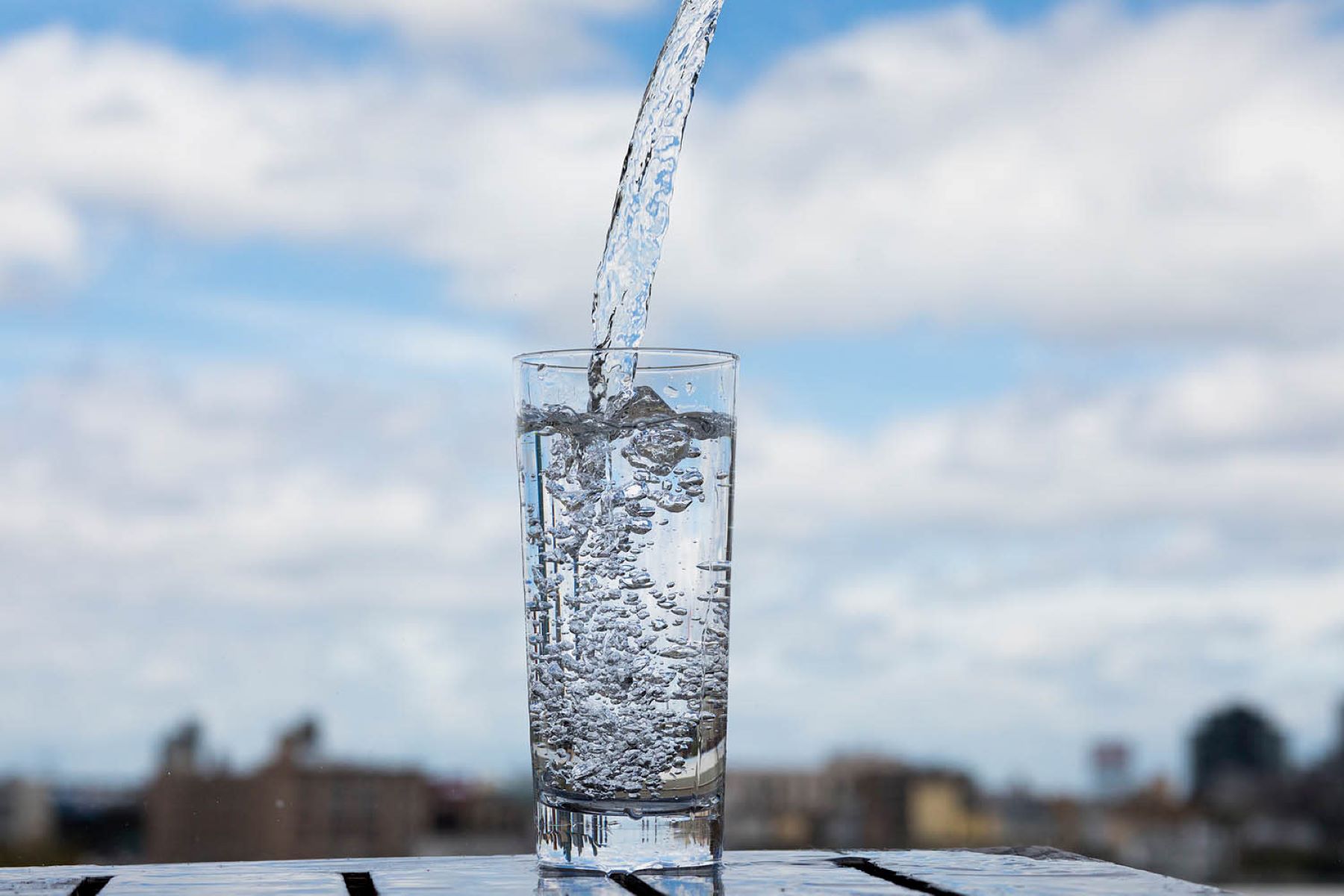
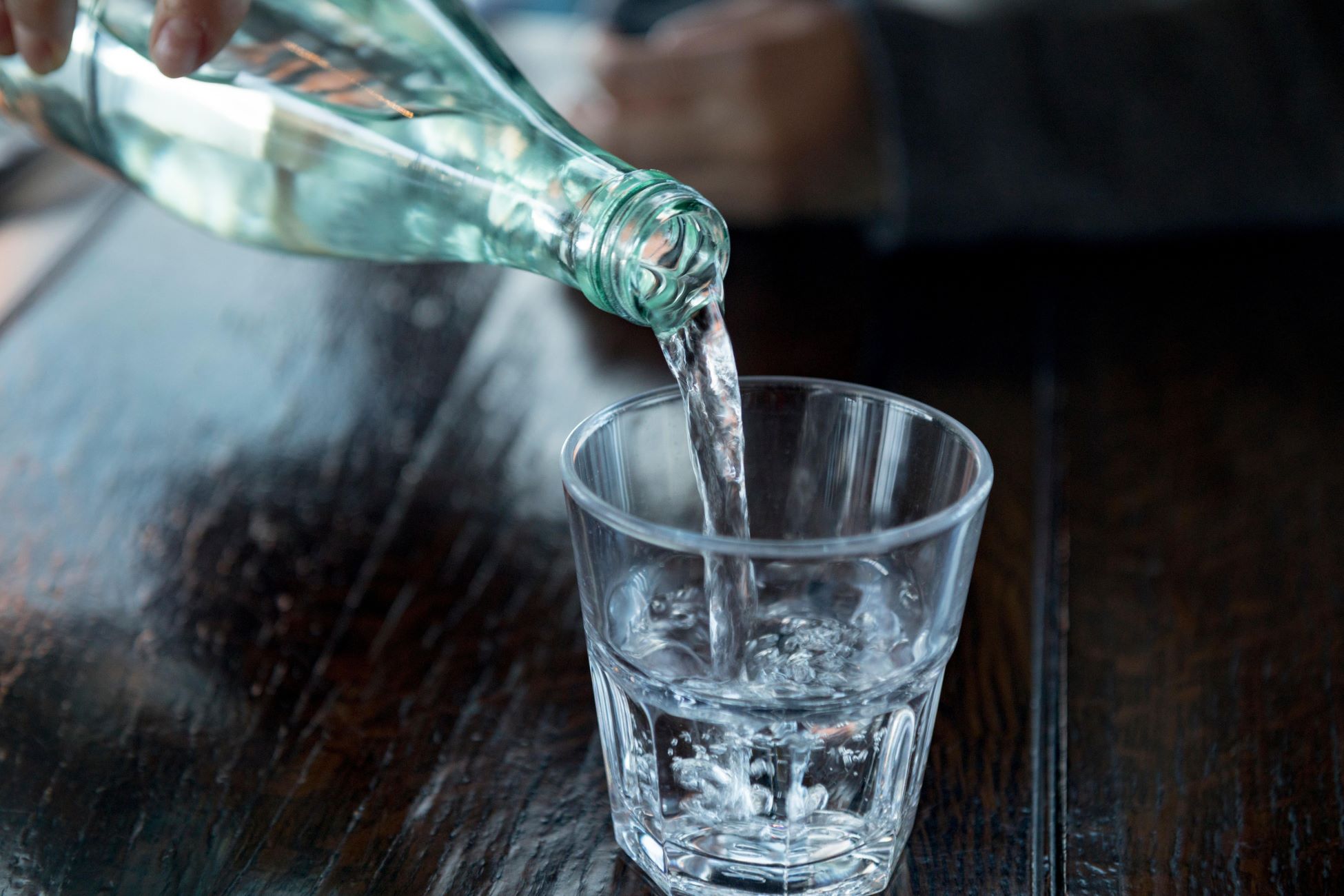
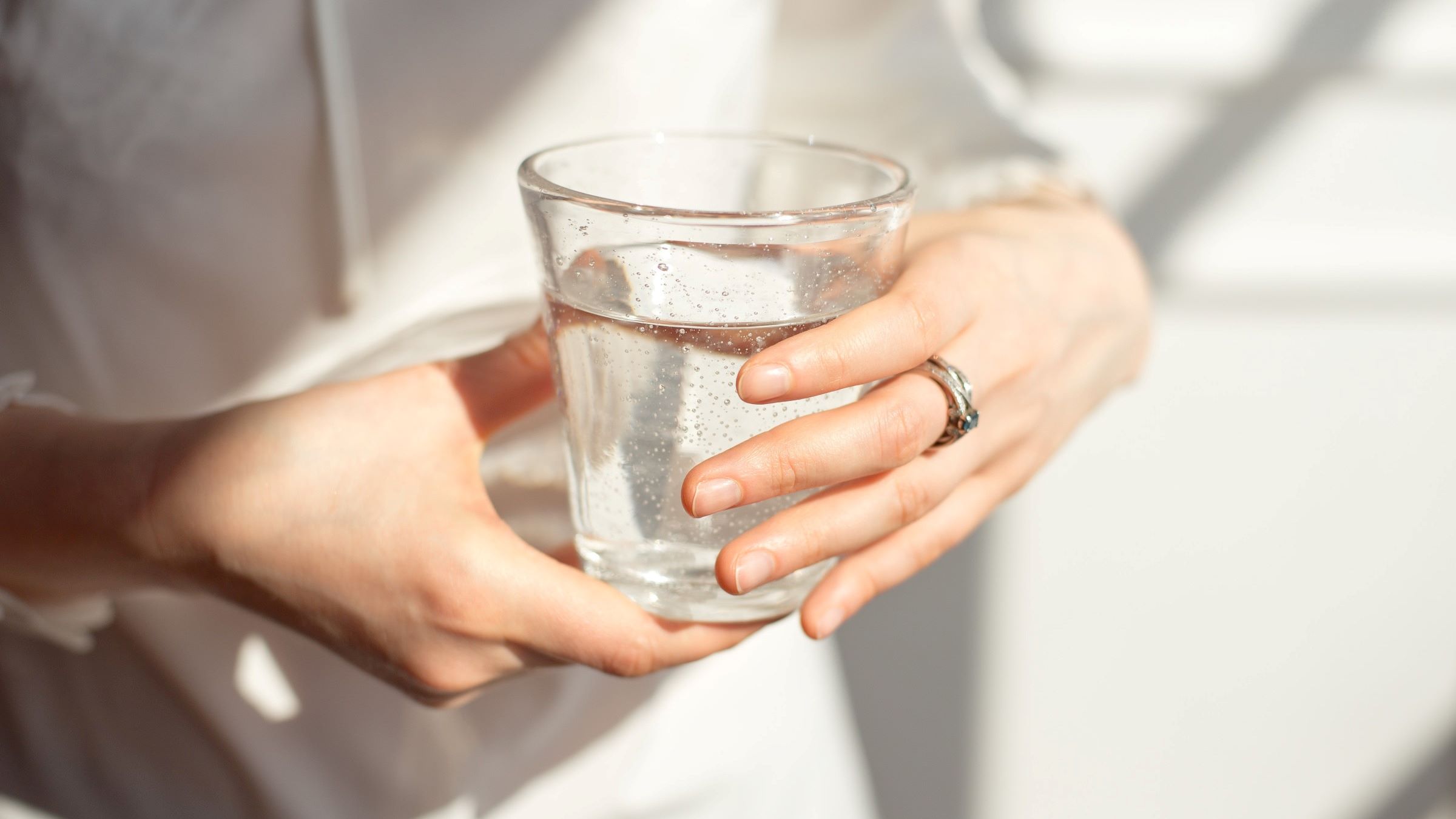

0 thoughts on “What Is Water Glass”